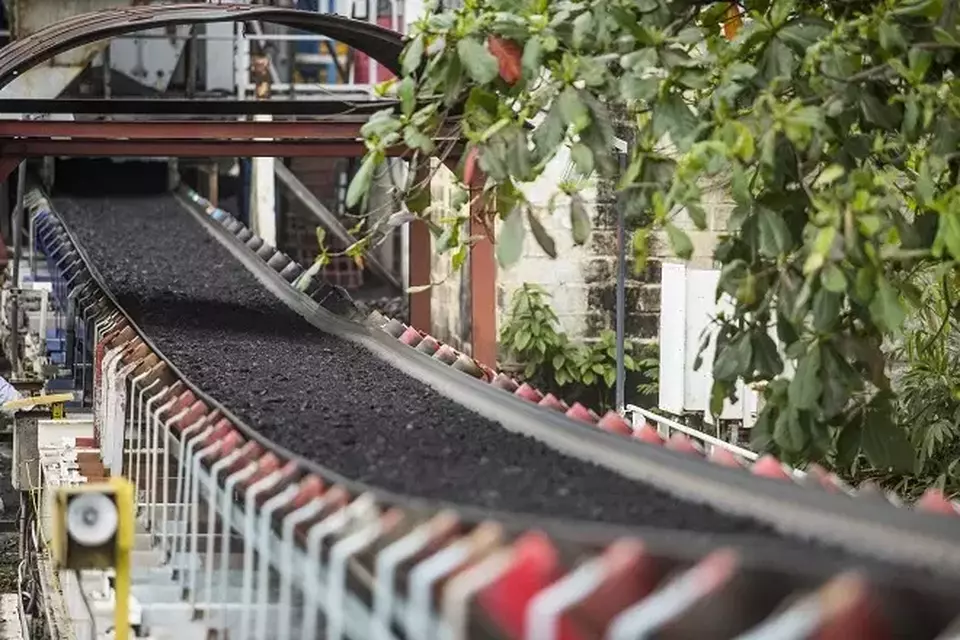The mining sector is a key industry for Indonesia, contributing to round 12 percent of Indonesia’s GDP in 2022; within this, coal mining alone accounts for about 7 percent, according to data from research firm Statista.
As the third-largest coal producer, after China and India, Indonesia also plays a critical role in the global coal sector. Coal mining accounts for about 2 percent of global greenhouse gas (GHG) emissions, according to studies by Statista and Rhodium, a New York-based research company.
As a result, the global coal mining industry has been facing increasing pressure from regulators, investors, and customers alike to decarbonize. In response, we have seen many global mine owners announcing net-zero targets.
There is also increasing focus on environmental, social, and corporate governance (ESG) in Indonesia, with the government announcing the Net Zero 2060 target, the discussions around introducing a cap-and-tax scheme, and the upcoming carbon trading platform through the Indonesia Stock Exchange (IDX), among others.
Advertisement
We also see many examples of asset management firms excluding Indonesian coal mine owners from their investment list. However, no coal mine owners have yet announced any short-term decarbonization target, let alone a longer-term net- zero target.
Embarking on a decarbonization journey can help Indonesian coal players achieve direct financial benefits (e.g., lower spend on fuel), tap into sustainable financing especially at a time when access to conventional funding sources is becoming increasingly stringent, attract and retain top talent, and realize the nation’s net-zero aspiration.
Therefore, we believe that it is imperative for Indonesian coal mining players to focus more on decarbonization, across the following five key areas.
First, develop a granular view of the company’s emissions baseline—scope 1 and 2 as a priority, followed by scope 3. Being able to map emissions, say by site, activity, and equipment, will give a detailed understanding of the drivers.
Second, set a carbon footprint reduction target based on emissions intensity or absolute emissions, backing it up with a set of initiatives and well-defined roadmap.
To do so, coal mining companies should focus on both short-term initiatives e.g., operational improvement levers to increase productivity, real-time fuel consumption monitoring, and longer-term initiatives like switching to electric equipment and hydrogen trucks.
The key here is to be able to estimate the impact of each initiative on the carbon footprint and the company’s costs.
Third, the best-practice is for companies to officially publish the effect of their operations on issues such as climate change, human rights, corruption, etc. To that end, companies need to adopt industry-standard international and local disclosure frameworks.
International frameworks are available from Global Reporting Initiative (GRI), an international independent standards organization for issues like climate change, human rights, and corruption; or from the Task Force on Climate-Related Financial Disclosures (TCFD), which develop recommendations on the types of information that companies should disclose to support investors, lenders, and insurance underwriters in appropriately assessing and pricing a specific set of risks—risks related to climate change.
The Financial Services Authority (OJK) have also developed a framework that local coal companies could follow.
Fourth, ensure a best-in-class operating model within the organization to drive the ESG agenda. We see that leading organizations ensure that ESG KPIs are distributed to all C-suite executives. Further, having an ESG-dedicated team with direct oversight from the CEO is critical to ensuring success.
Fifth, subscribe to industry-standard ESG scorings (rating agencies such as Sustainalytics, MSCI, S&P) and showcase a positive trajectory, as these parameters are looked at by investors. Bringing any change to an organization, including in the coal sector that has existed for multiple decades, takes significant effort.
We believe that the time is now for coal mining players in Indonesia to accelerate the decarbonization—and broader ESG—journey and be better prepared to face the world of the future.



